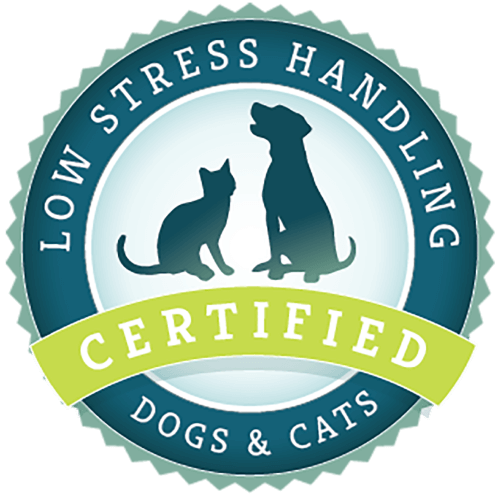What article are you looking for?
Category: CattleDog Publishing Newsletter
Why is my Dog Having Accidents in the House?
When your dog has an accident in the house, it is easy to believe the dog is acting out of spite or some other defiant motive, but this is not the case. There can be medical causes or behavioral causes for eliminating in the house. There can also be a lack or loss of house-training. Getting to the root of the problem will ensure proper treatment and the best chance for a successful resolution of the problem. Medical Causes: When a previously house-trained dog begins to have accidents in the house, the first thing to do is to rule out medical
Introducing Your Dog to Other Animals
Introducing a new dog to the pets of your home can be a little tricky at first. You want your current pets and your new pet to live comfortably with everyone. Keep in mind that realistic expectations are important. Some dogs are not capable of getting along with other dogs. Some dogs have such a strong reaction to smaller animals that their instinct to chase and catch will override their ability to stay calm (this is known as a strong prey drive). The key to ensuring good first interactions and blending the new family together is to separate everyone initially,
Separation Anxiety: The Fear of Being Alone
Dogs are highly social, and most dogs thrive best when they have company. Being alone results in separation anxiety and other separation-related behaviors for many dogs. How do I know if my dog has separation anxiety? Signs of separation anxiety include increased barking, howling, and whining, destructive behaviors and having “accidents” in the house. Many dogs with separation anxiety are very attached to a person or persons (this is sometimes called “Velcro dog” because they’re so clingy), but not all Velcro dogs have separation anxiety. Velcro dogs are often overjoyed when you come home and look “sad” or “depressed” when
The Drug Resistant Client – Understanding Why Clients Would Refuse Medications
Advances in animal behavior have helped veterinarians provide less stressful care to many patients, both large and small. The ability to correctly read the body language of stress before it reaches aggression, and then respond to this by changing the exam room, treatment, and hospitalization areas has helped keep staff safe and prevented aggression.[1] There are
Low Stress Vet and Tech Communication – From the Technician’s Point of View
When I went through tech school, I was taught that part of my job as a technician was to make sure the DVM did not get injured. If I saw a possible bite coming it was my job to get bit, or to “take it for the vet,” because the vet is the most valuable
Low Stress Vet and Tech Communication
In most small animal practices, the intake is done by the technician. Weight check, temp, heart rate, and history are performed by the veterinary technician. With the advances of Low Stress Handling® skills, there may be some variation on how intensive the technician will be in gathering these vital signs prior to the veterinarian stepping into the room. There is acknowledgement of the stress level of the patient, so the technician may forego some of the intake exam to reduce stress and allow the veterinarian to triage care. I always felt it was all fun and games until the doctor

Low Stress Handling® Silver-Level Certification
Individual Certification at this level demonstrates to clients and employers the individual’s dedicated interest in Low Stress Handling®. Hospital Certification at this level demonstrates to clients and staff the hospital’s commitment to appropriately training staff in Low Stress Handling® methods.
Learn More
